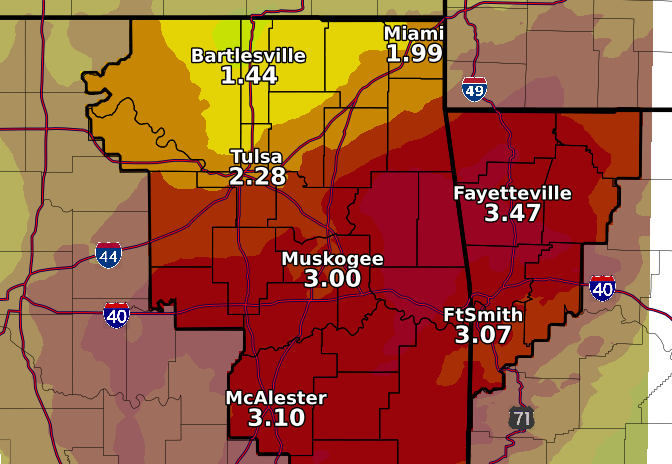

Mesic-prairie plants such as big bluestem, black-eyed Susan, and compass plant are native plants that can tolerate wet soil for short periods. Choose plants that not only tolerate occasional flooding, but those that can also handle the hot, dry months of July through September. Select plants based on their ornamental qualities-flower and foliage color, form, texture, and seasonal interest-and plant them in drifts or groupings. Some are rhizomatous and form large mats and should only be used in large landscapes, while others form well-behaved clumps.Ĭreate a rain garden as you would any other perennial border. You need not use all native plants but you should give consideration to the type of plants. With that in mind, know that rain gardens are not always moist. Rainwater generally soaks into the ground in 24 hours or so, depending on the intensity and frequency of the storms. Rain gardens can be placed just about anywhere-sun or shade-as long as you choose the appropriate plants. Edging a rain garden with boulders, permeable pavers, or gravel will help define the space and neatly separate it from the lawn. The space should look intentionally designed-it’s not necessarily meant to look like a natural area unless that is the look you want. Determine where and how the water flows on your property and the quality of soil as first steps in selecting the location and the plants. The site can be a little too dry or too wet for certain plants. Designing a rain garden can be a challenge. The rain garden philosophy-create a landscaped basin where rainwater can gently seep back into the earth instead of into a basement, garage, or sewer-is good, but a common complaint is that rain gardens can look messy. Rain gardens are basically shallow depressions in the ground filled with topsoil, sand, and compost. They’re typically planted with native perennials as well as nonnative perennials and grasses with deep roots. Rain gardens are sometimes located where water is collected from a downspout and directed away from the house. Picture a low spot where water can gather and infiltrate the soil. One way to capture excess water on your property is to plant a rain garden. As cities and suburbs continue to develop and build structures and roads, there is less permeable space for water to enter the ground and, as a result, there is more flooding in many areas.Īllowing rainwater into the soil helps recharge underground aquifers and reduces surface runoff (and pollutants) that would otherwise end up in streams and rivers. When the soil is dry, the water initially runs right off the lawn into adjacent areas. Although a lawn would seem like a good permeable surface to catch rainwater, grass roots are only 3 to 4 inches deep. Impermeable surfaces such as roofs, sheds, patios, sidewalks, and streets shed rain to surrounding earth and sewers. For three consecutive years now, the O’Hare station has broken total precipitation records for the month of May.Ī 1-inch rainfall on an acre produces about 27,000 gallons of water and it must flow somewhere. The rainfall resulted in the wettest May on record at Chicago O’Hare (9.51 inches) and Midway (7.65 inches) airport stations. The thunderstorms this past May are just a memory now, but they left many homes and streets in northeastern Illinois with standing water.


 0 kommentar(er)
0 kommentar(er)
